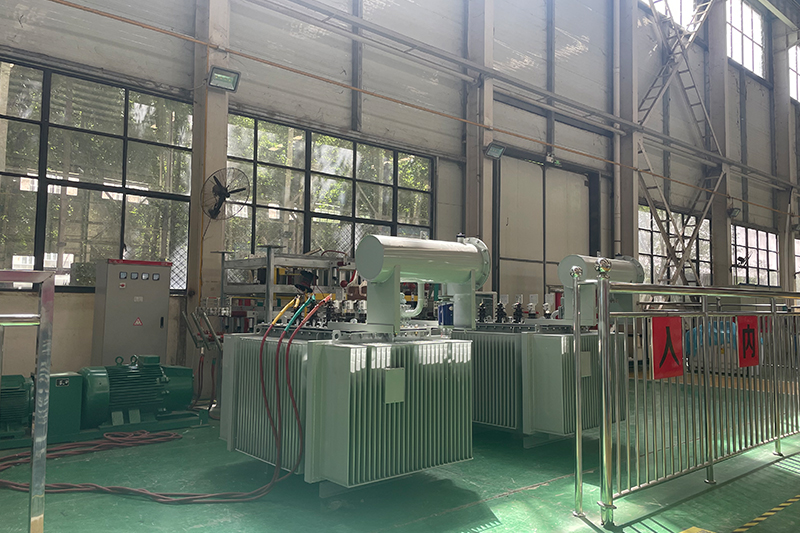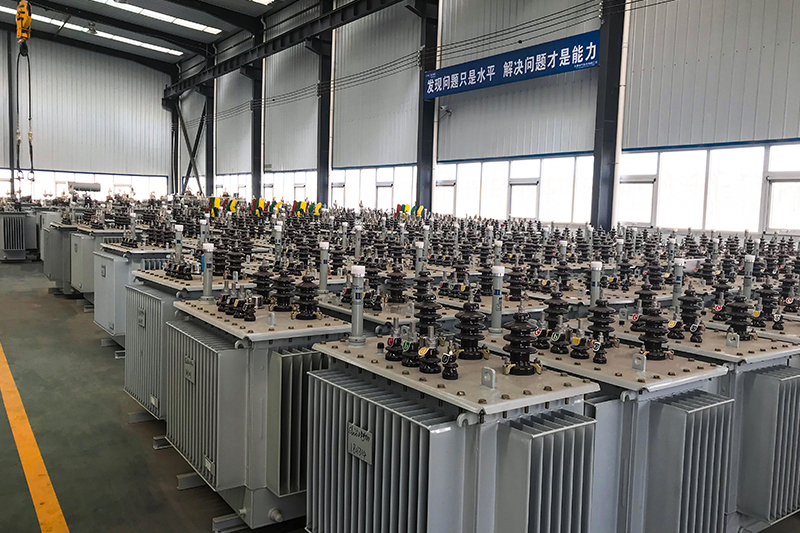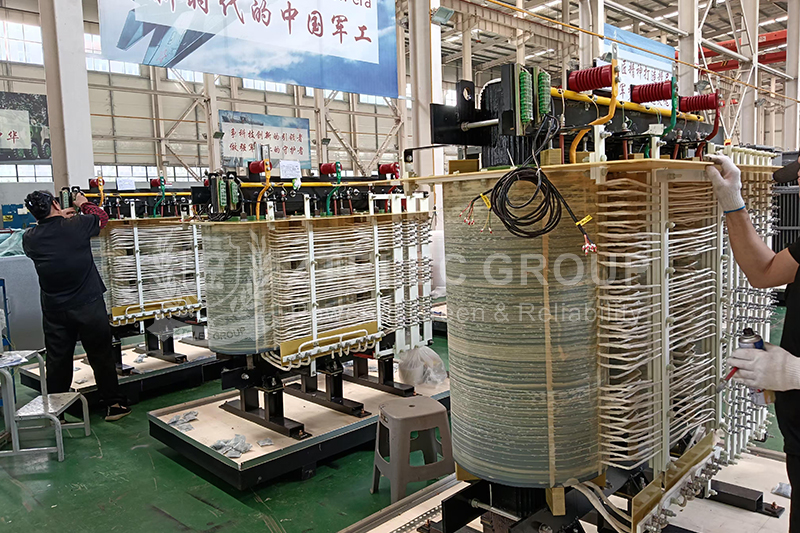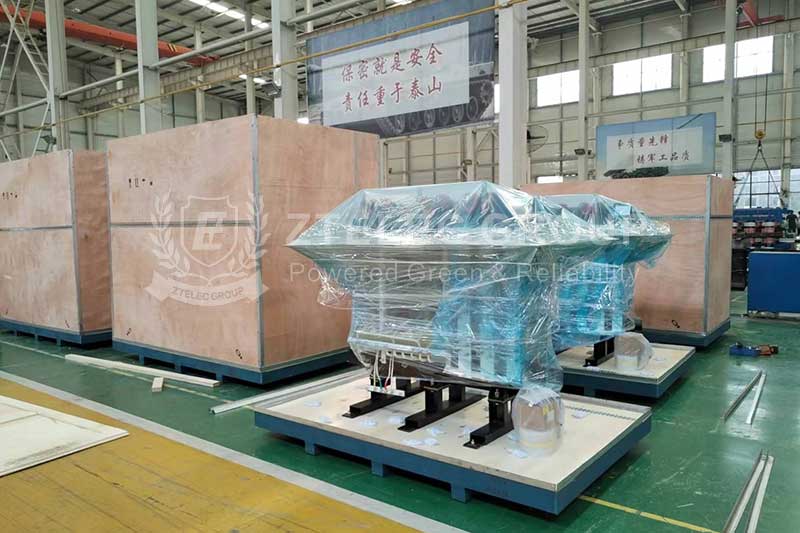Best Practices Guide for Testing and Maintenance of Oil-Immersed Transformers
Oil-immersed transformers are core components in power systems, and their stable operation is crucial for grid security and efficiency. Over long-term operation, issues such as insulation aging, oil degradation, and mechanical wear can lead to failures or even prolonged downtime. This guide outlines a comprehensive lifecycle management strategy for oil-immersed transformers, covering daily inspections, scheduled maintenance, regular testing, and special overhauls. Following these best practices helps companies reduce operational costs and extend transformer service life.
Daily Inspections
Visual Inspection
Visual inspection is the cornerstone of daily transformer checks. Inspect the transformer's appearance, ensuring all external cables and grounding leads are secured. Check for loose bolts, cracks, splits, deformation, wear, or corrosion on wiring connections. Early detection of physical anomalies helps prevent operational failures.
Oil Level Inspection
Transformer oil acts as both a cooling and insulating medium. Regularly check the oil level to ensure it remains within the recommended range. Low oil levels can compromise insulation and cooling efficiency, potentially leading to overheating or burnout.
Insulation Testing
Routine insulation testing ensures the transformer remains in optimal condition. Conduct insulation resistance tests and withstand voltage tests focusing on the windings and inter-winding insulation. Identifying potential insulation degradation early can prevent serious faults.
Temperature Measurement
Monitoring both ambient and internal temperatures is vital. Excessive temperature rise indicates abnormal conditions, allowing preventive action before damage occurs.
Regular Maintenance (Monthly to Annually)
Effective maintenance prevents deterioration and ensures transformer reliability. Key steps include:
Cleaning: Keep transformers and accessories free from dust and dirt, focusing on bushings and insulators.
Tightening: During scheduled power outages, tighten all electrical connections to prevent overheating from excessive contact resistance.
Silicone Replacement in Breathers: Replace silicone when over two-thirds turns pink, closing the lower connecting valve during the procedure.
Control Box Inspection: Verify thermostat, gas relay, and pressure relief valve wiring integrity. Test alarm and trip functions via simulation.
Grounding System Inspection: Measure core ground current (should be below 100mA) and casing ground resistance to ensure proper grounding.
Regular Testing and Condition Monitoring
Oil Quality Testing
Sample and test transformer oil to evaluate insulation performance, moisture content, and acidity. Oil quality directly impacts insulation and heat dissipation efficiency.
Insulation Resistance Testing
Use an insulation resistance tester to monitor winding insulation. Declining resistance indicates aging or moisture intrusion.
Partial Discharge Testing
High-voltage transformers require partial discharge testing to detect insulation defects. This method identifies early signs of insulation aging and potential internal faults.
Electrical Performance Testing
Winding Resistance Measurement: Verify winding integrity and connection quality by measuring DC resistance.
Voltage Ratio Measurement: Ensure voltage ratios comply with design specifications.
AC Withstand Voltage Test: Perform after overhauls or as needed to validate insulation strength.
Other Critical Tests
Dissolved Gas Analysis: Detect hydrogen, acetylene, and other gases in the oil to identify internal faults.
Cooling System Inspection: Check oil pump, fans, and flow relays to ensure proper operation.
Protective Device and Temperature Sensor Calibration: Verify devices accurately monitor operating conditions and respond promptly to faults.

Overhaul and Special Maintenance
Core and Internal Inspections
Performed only when necessary, such as after a Buchholz relay activation or fault diagnosis. Inspections should be conducted by professionals in a dry, clean environment, checking cores, windings, clamping devices, and leads for overheating, discharge, or deformation.
Oil Treatment Procedures
Filtration: Remove moisture and particulate matter.
Vacuum Degassing: Eliminate dissolved gases and moisture.
Regeneration: Remove acids and oxides to restore oil quality.
Accessory Replacement
Replace worn bushings, damaged radiators, and faulty pressure relief valves to maintain optimal transformer performance.
Proper testing, maintenance, and condition monitoring of oil-immersed transformers are essential for operational reliability and extended service life. By following daily inspections, scheduled maintenance, regular testing, and necessary overhauls, power operators can minimize downtime, reduce costs, and ensure safe and efficient transformer operation. Implementing these best practices guarantees that oil-immersed transformers remain a stable backbone of modern power systems.
- more+releated article
- 2025-12-13How to Select and Use Phenolic Cloth-base Lami
- 2025-12-13How Much Does Bakelite Sheet Cost? 2025 Price
- 2025-12-13Why are most 3240 epoxy boards yellow?
- 2025-12-13What are the Main Applications of FR4 Epoxy Bo
- 2025-12-13Why Does the Price of Insulating Paperboard Va
- 2025-12-13Heat-Resistant DDP Insulation Paper
- 2025-12-13Comparison of Heat-Resistant DDP Insulating Pa
- 2025-12-13G10 and FR4 Epoxy Boards: Commonly Used for Ge
- 2025-12-13The Price of Heat-Resistant DDP Insulation Pap
- 2025-12-13How to Choose Epoxy Laminate Materials for Gen






